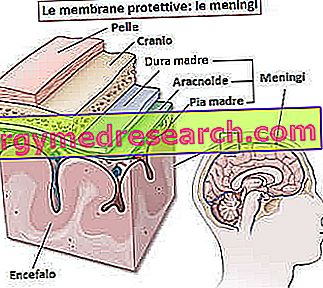Related articles: cleft lip
Definition
The cleft lip (or cleft lip) consists of the failure to weld the two portions of the upper lip. It is a congenital malformation due to an altered cranio-facial development, which is normally completed during the first weeks of gestation.
The causes that lead to cleft lip are multiple. These include specific genetic abnormalities and prenatal exposure to numerous teratogenic factors (eg infections, abuse of alcohol by the mother, folate deficiency, use of some drugs, not well controlled diabetes, etc.). However, cleft lip can also occur in isolated form and the exact cause cannot be established.
Most common symptoms and signs *
- Language difficulties
- Dental malocclusion
- Growth delay
- Nasal voice
Further indications
The cleft lip can manifest itself in more or less serious forms: from the presence of a small fissure on the skin of the lip to the complete separation of the nasal cavities. The cleft can be unilateral (on only one side of the lip) or bilateral. In most cases, the interruption extends from the free edge of the upper lip to the nostril. The cleft lip can also affect the gingiva and palate (note: when the defect affects only the palate it is called cleft palate).
In addition to determining aesthetic problems, the cleft lip interferes with speech, sucking, chewing and swallowing. The cleft lip can also be associated with defects in the development of the teeth (absence, deformations or supernumerary teeth), rhinolalia (nasal voice), cartilage and nasal bone anomalies.
The cleft lip correction is achieved with plastic surgery. The best results are generally obtained if the intervention is carried out within the first two years of life. In addition, speech therapy and dental / orthodontic treatments may be required.



